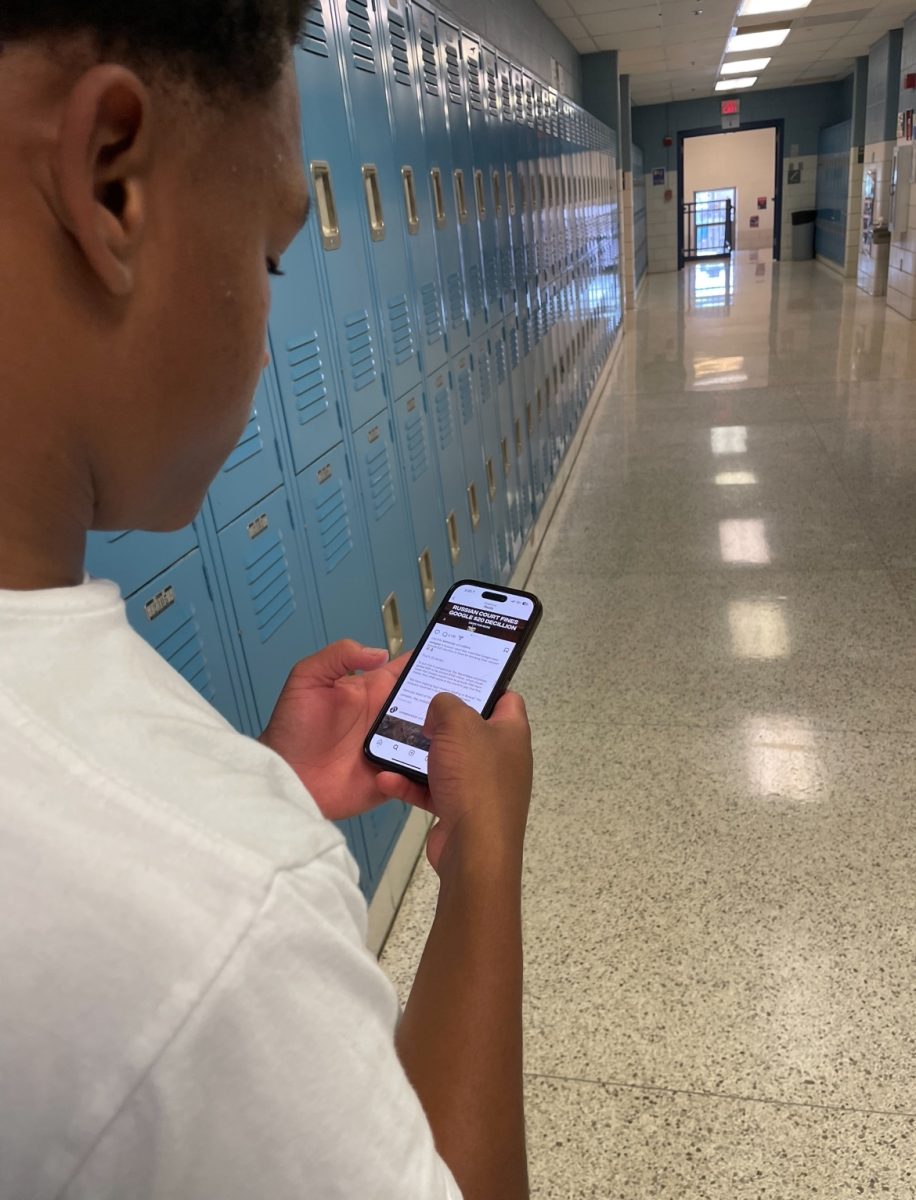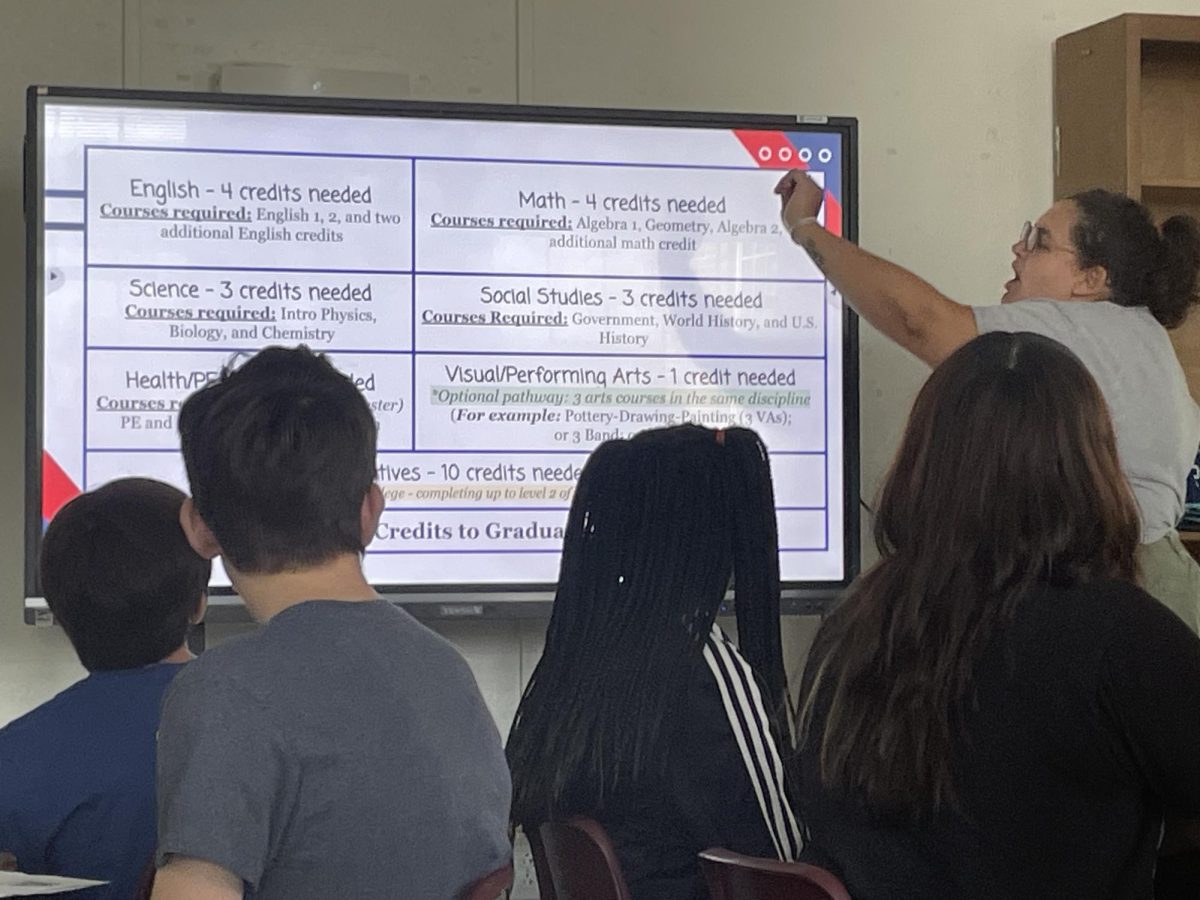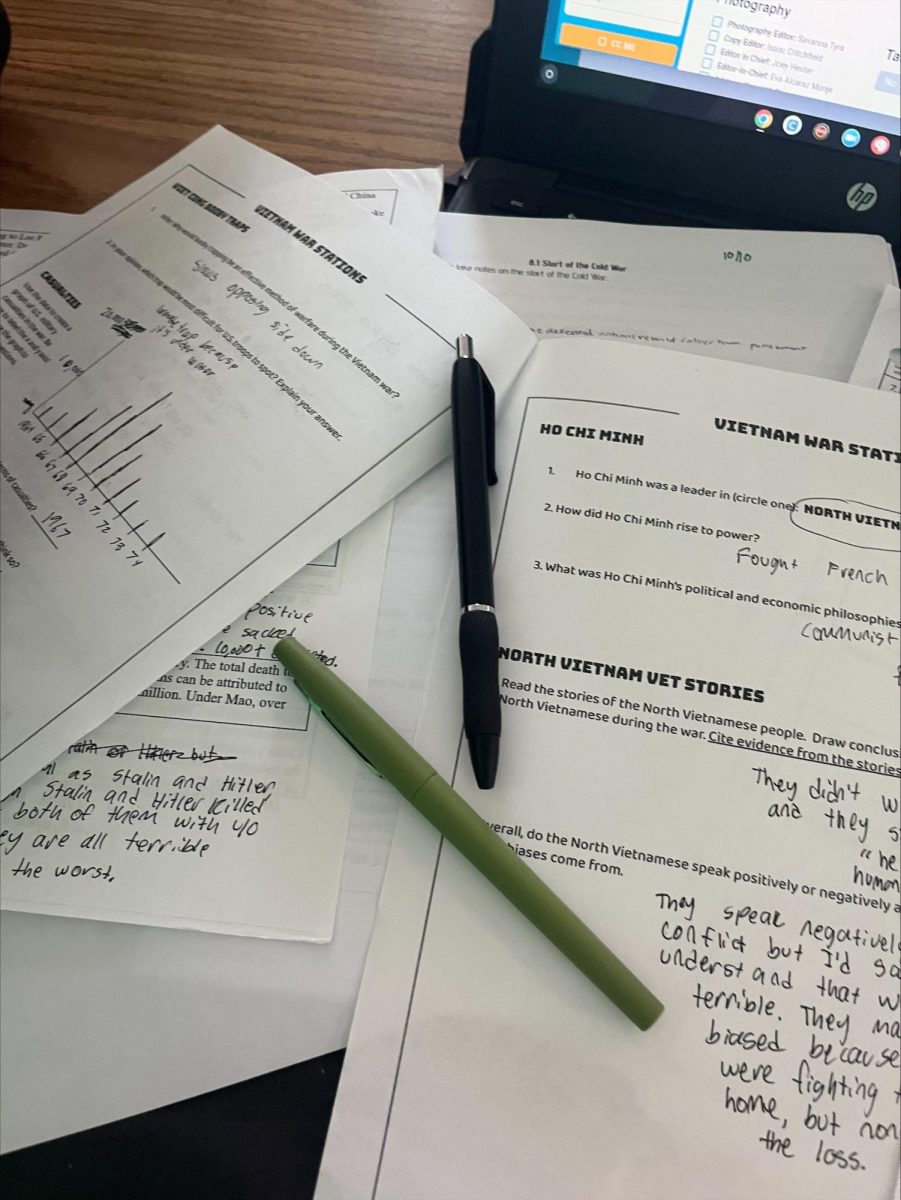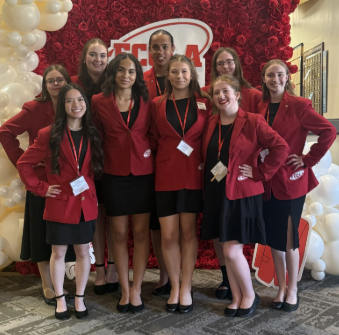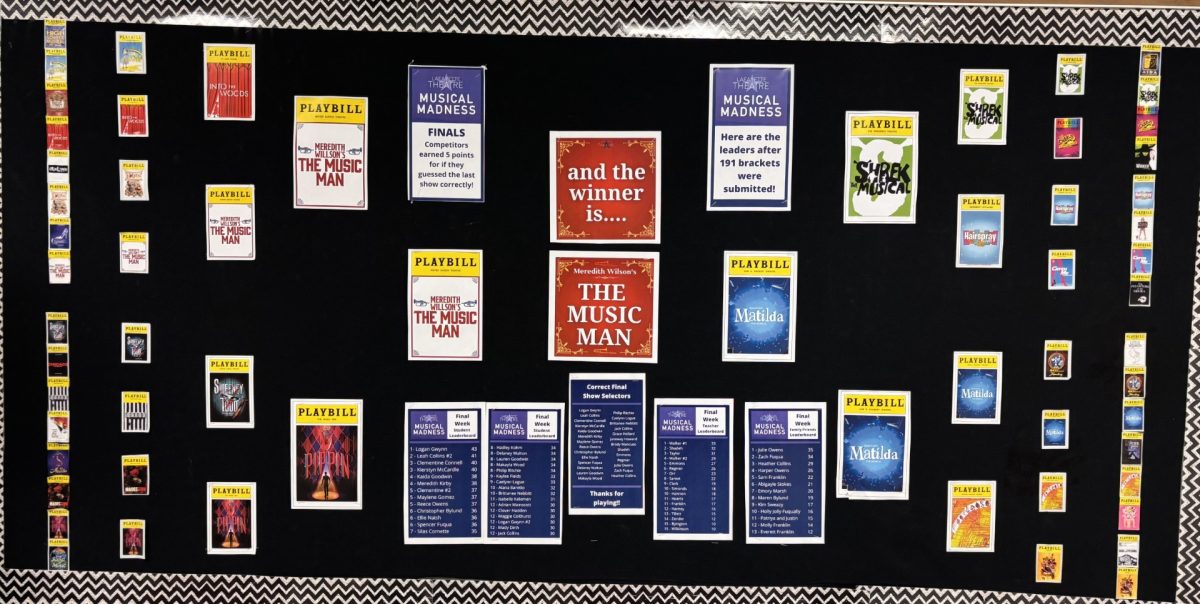The growth and insertion of technology in our daily lives is making our society more dependent on technology. The computer in our pocket enables us to access any information we want. Politics is a hot topic on social media at the moment. To get a closer look at the media students are exposed to, The Times interviewed students from Lafayette High School staff (LHS) and School of Creative and Performing Arts students (SCAPA).
Propaganda is typically used to exploit people’s emotions and morals. Three major types of propaganda are commonly employed in politics and the media: bandwagon/fear appeals, name-calling, and card stacking.
By using bandwagon tactics or fear appeals, products and items are made to seem limited and aimed at triggering people’s fear of missing out. Companies commonly utilize this technique when releasing seasonal beverages or food, as it has the potential to increase demand due to its limited availability.
The act of name-calling involves expressing a view that another party or company is inferior. This method frequently expresses dissatisfaction with a company and promotes oneself.
The focus of card stacking is on the negative aspects of someone else and does not compare their own good to that of another person. Politicians frequently employ this technique to depict a candidate as a terrible person.
The Times spoke with fifteen students who attend SCAPA to discuss how they use social media platforms and the content they encounter on their feeds. During the interview process with these SCAPA students, 100% of the students who are on social media stated that they were being offered political posts. When the students were receiving political videos, the videos typically highlighted the negative aspects of presidential candidates and their parties, mirroring the card stacking and name-calling methods of propaganda. A member of the debate team told The Times, “It’s definitely one-sided… a good form of propaganda.”
In addition to talking with 15 students, The Times interviewed two LHS athletic coaches. These coaches shared that they were receiving social media posts about the opposing political party candidate’s poor performance. One coach told The Times, “What so-and-so did was ridiculous. You don’t see much mention of the good things either candidate is doing.” This demonstrated the card-stacking propaganda method.
Many interviewees stated that they received information using propaganda techniques when receiving news through social media. Ultimately, interviewed individuals shared that political posts they saw consistently used name-calling and card stacking to generate strong emotions in viewers. This demonstrates the power social media may have on manipulating political stances.

